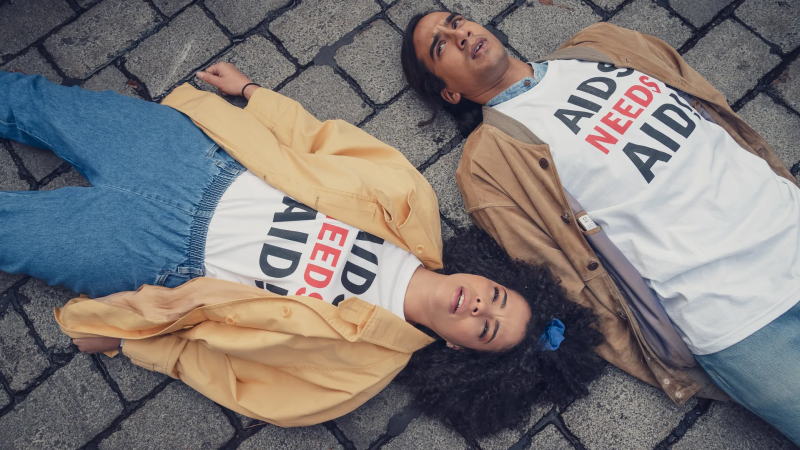Portion of US adults identifying as LGBTQ has more than doubled in last 12 years
The portion of U.S. adults who identify as other than heterosexual has more than doubled since 2012, a Gallup poll has found, with young people leading the way — from Generation Z through the Silent Generation, each younger group is about twice as likely as the one before it to identify as LGBTQ+.
About 7.6% of U.S. adults now identify as lesbian, gay, bisexual, transgender, queer, or as something other than heterosexual, the poll found. That’s compared to 5.6% four years ago and 3.5% in 2012, the year the national polling agency began measuring sexual orientation and transgender identity.
Should current trends continue, the authors said, the share of LGBTQ+ adults in the U.S. will exceed 10% within the next 30 years.
Brandon Robinson, an associate professor and department chair of gender and sexuality studies at the University of California-Riverside, said the growing numbers show that people sense greater societal acceptance and/or support systems for those who identify as LGBTQ.
"More people identifying as LGBTQ is often a sign that more people feel safe and/or comfortable to openly claim an LGBTQ identity," they said.
The data is based on telephone surveys with more than 12,000 U.S. adults conducted in 2023. Asked whether they identified as heterosexual, lesbian, gay, bisexual, transgender or something else, 85.6% of individuals said they identified as straight or heterosexual, while 6.8% declined to respond.
About one in eight LGBTQ+ adults are transgender, the poll found.
Bisexual adults represented the largest group among LGBTQ+ people, comprising more than 57% of LGBTQ+ individuals and 4.4% of U.S. adults overall. Gays and lesbians each represent just over 1% of U.S. adults, while transgender individuals were slightly less than 1%.
What does gender-expansive mean?Oklahoma teen's death puts identity in spotlight.
LGBTQ representation climbs as youths age into adulthood
The portion of U.S. adults identifying as LGBTQ+ has climbed in recent years as millennials and members of Generation Z age into adulthood.
More than one in five Gen Z adults (ages 18 to 26) identifies as LGBTQ+, as do nearly one in 10 millennials (ages 27 to 42). The percentage falls to less than 5% of Generation X, 2% of Baby Boomers and 1% of the Silent Generation.
"As younger generations are growing up with more LGBTQ representation and arguably more acceptance of LGBTQ people, it makes sense that they are also more comfortable to openly claim their LGBTQ identity," Robinson said.
About 8.5% of women identified as LGBTQ+, compared to 4.7% of men. Those differences were more pronounced among younger generations, with the ratio of women to men identifying as LGBTQ+ more than twofold among millennials (12.4% to 5.4%) and almost three times as high among Gen Z (28% to 10.6%).
Robinson said it’s not surprising that more women than men say they are LGBTQ.
“Masculinity is often associated with heterosexuality, so there is often more stigma, or more to lose, for men to identify as LGBTQ,” they said.

'Trend is actually about larger society changing'
The poll found that bisexuality was the most common form of LGBTQ+ identification among women; men were equally likely to say they were gay or bisexual.
Older generations of older LGBTQ+ men were most likely to say they were gay.
Robinson said the rising numbers don’t mean that queer desires are on the rise or that more people are transgender. Rather, it’s more about feeling safe to declare one’s identity.
"This trend is actually about larger society changing and more people feeling comfortable in stating their LGBTQ identity, Robinson said.
Disclaimer: The copyright of this article belongs to the original author. Reposting this article is solely for the purpose of information dissemination and does not constitute any investment advice. If there is any infringement, please contact us immediately. We will make corrections or deletions as necessary. Thank you.






